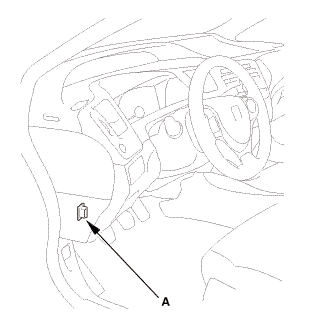Honda Civic Service Manual: Clutch Master Cylinder Removal and Installation (R18Z1 M/T)
211101

|
NOTE: |
|
|||
|
|||
|
|||
|
| 1. | Clutch Pedal |
|
|
|
| 2. | Wiper Arm Assembly |
|
|
|
| 3. | Both Side Cowl Covers |
|
|
|
| 4. | Center Cowl Cover |
|
|
|
| 5. | Under Cowl Panel |
|
|
|
| 6. | Clutch Fluid |
|
| 7. | Battery Terminal - Disconnection |
|
|
|
|||||||||||||||||||||||||||
| 8. | Battery |
|
|
|
| 9. | Intake Air Pipe |
|
|
|
| 10. | Air Cleaner |
|
|
|
| 11. | Brake Reservoir Tank |
|
|
|
| 12. | ECM/PCM |
|
|
|
|
|
|
|||||||||
| 13. | Air Cleaner Bracket |
|
|
|
| 14. | Clutch Master Cylinder |
|
|
|
|
|
|
|
|
|
|||||||||||||||

| 1. | Clutch Master Cylinder Push Rod Inspection |
|
|
|
||||||
| 2. | Clutch Master Cylinder |
|
|
|
|||||||||||||||||||||||
|
|
|
||||||
|
|
|
|
|
|
|
|
|
| 3. | Clutch Pedal |
|
|
|
||||||||||||||||||
| 4. | Under Cowl Panel |
|
|
|
| 5. | Center Cowl Cover |
|
|
|
| 6. | Both Side Cowl Covers |
|
|
|
| 7. | Wiper Arm Assembly |
|
|
|
| 8. | Clutch Fluid |
|
| 9. | Clutch Fluid Bleeding |
|
|
|
|
|
|
|||||||||||||||||||||||||||||||||
| 10. | Air Cleaner Bracket |
|
|
|
| 11. | ECM/PCM |
|
|
|
|||||||||
|
|
|
| 12. | Brake Reservoir Tank |
|
|
|
| 13. | Air Cleaner |
|
|
|
| 14. | Intake Air Pipe |
|
|
|
| 15. | Battery |
|
|
|
||||||
| 16. | Battery Terminal - Reconnection |
|
|
|
|||||||||||||||||||
| 17. | Clutch Pedal Stroke Check |
|
|
|
|
|
|
||||||||||||||||||||||||||||||||||||
| 18. | HDS DLC - Connection |
|
|
|
| 19. | Clutch Pedal Position Switch A Adjustment |
|
|
|
||||||||||||||||||||||||
| 20. | Clutch Operation Check |
|
| 21. | Test Drive |
|
 Clutch Master Cylinder Removal and Installation (K24Z7)
Clutch Master Cylinder Removal and Installation (K24Z7)
2111C5
NOTE:
Use fender covers to avoid damaging painted surfaces.
...
 Clutch Pedal Assembly Removal and Installation (M/T)
Clutch Pedal Assembly Removal and Installation (M/T)
2111A0
1.
Clutch Pedal Position Switch Connector
1.
Disconnect the connectors.
...
See also:
Honda Civic Owners Manual. Adjusting the Seat Positions
Adjusting the front power seat*
* Not available on all models
Adjusting the Seats
WARNING
Sitting too close to a front airbag can result
in serious injury or death if the front
airbags inflate.
Always sit as far back from the front
airbags as possible while maintaining
control of the ...


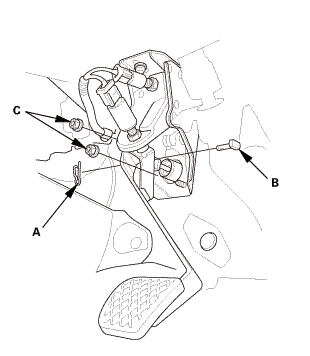

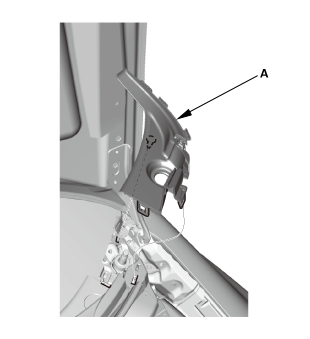








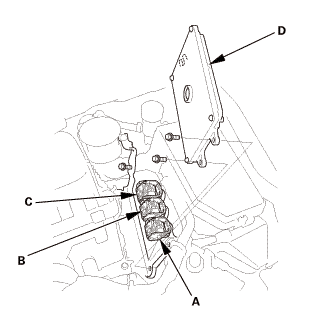




 17inasmm
17inasmm

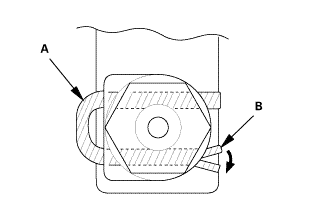
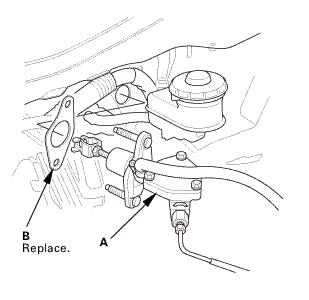
 us
us
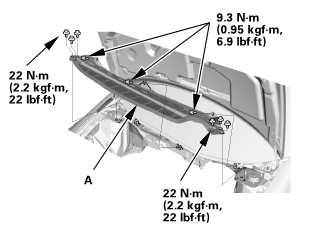 22mm)2222
22mm)2222
 1.122
1.122

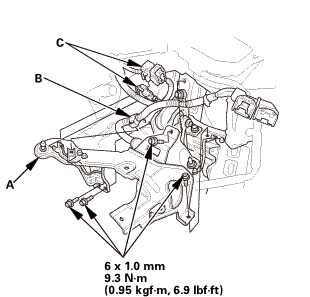
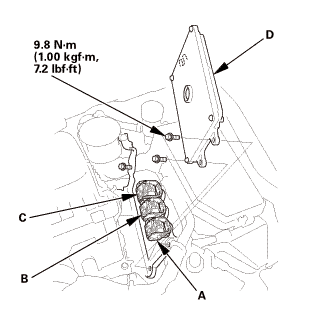
 nomm
nomm




